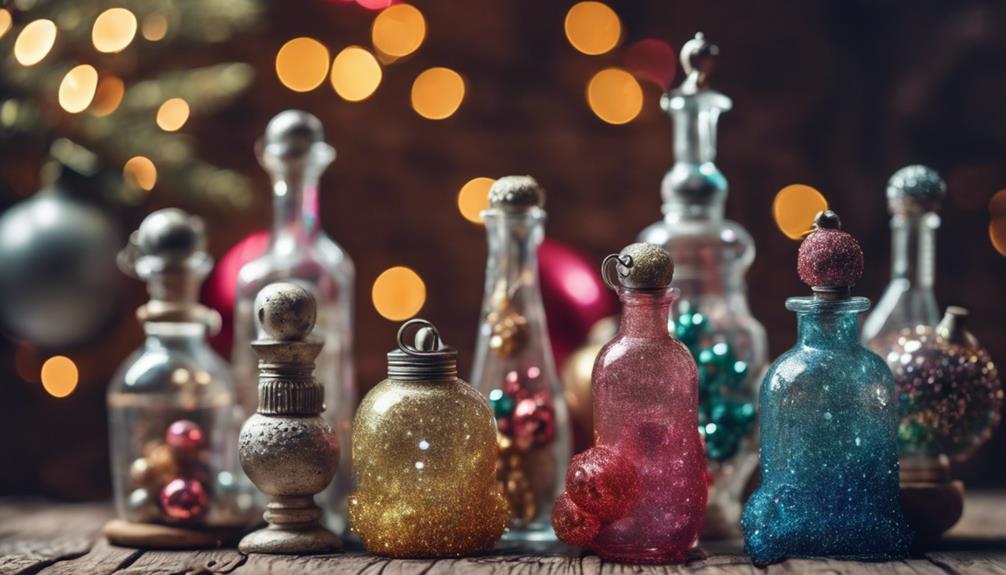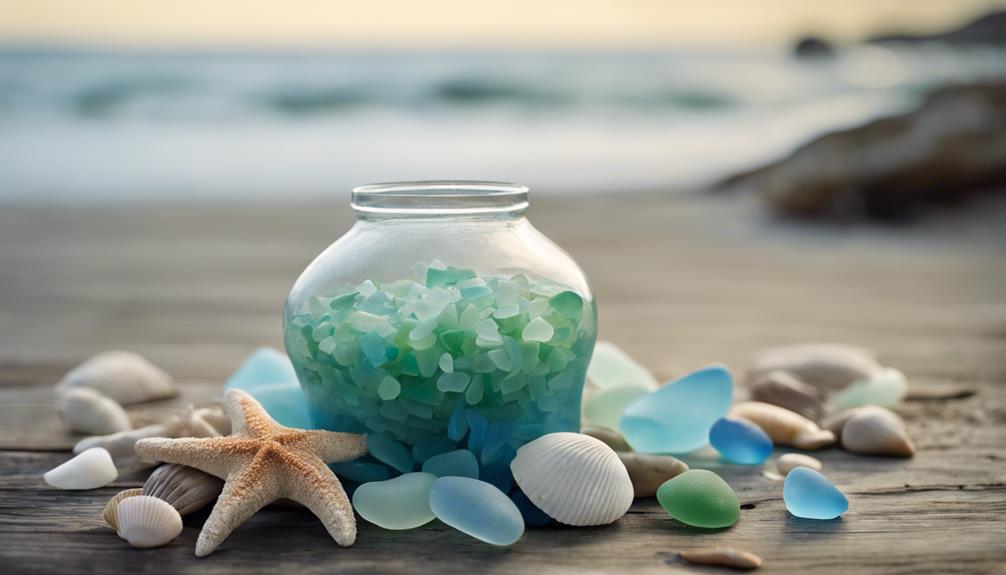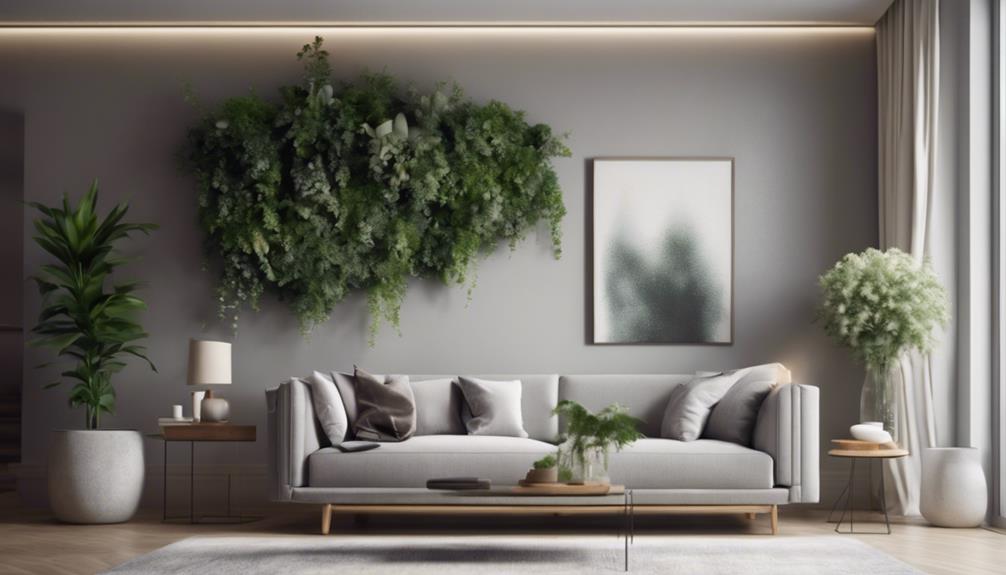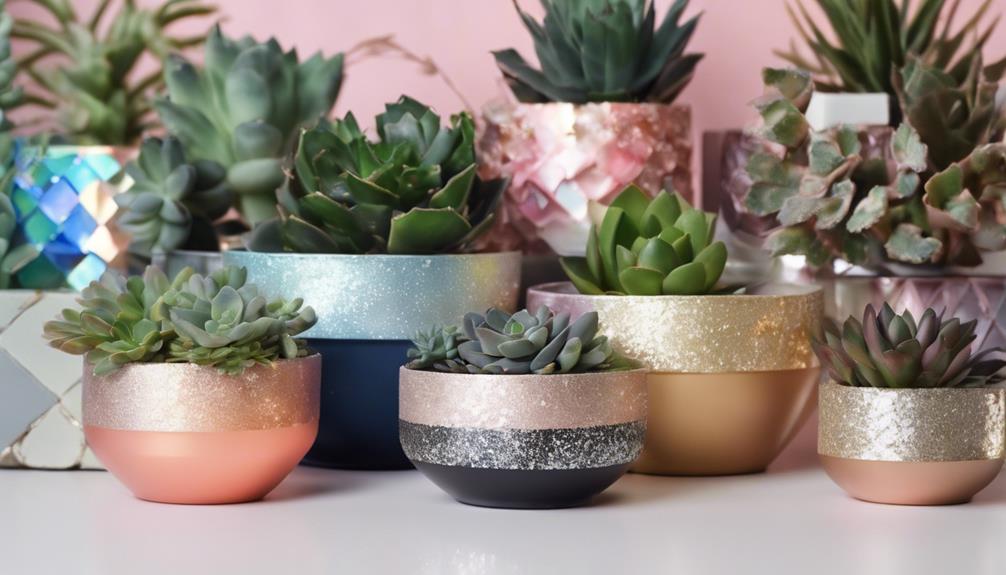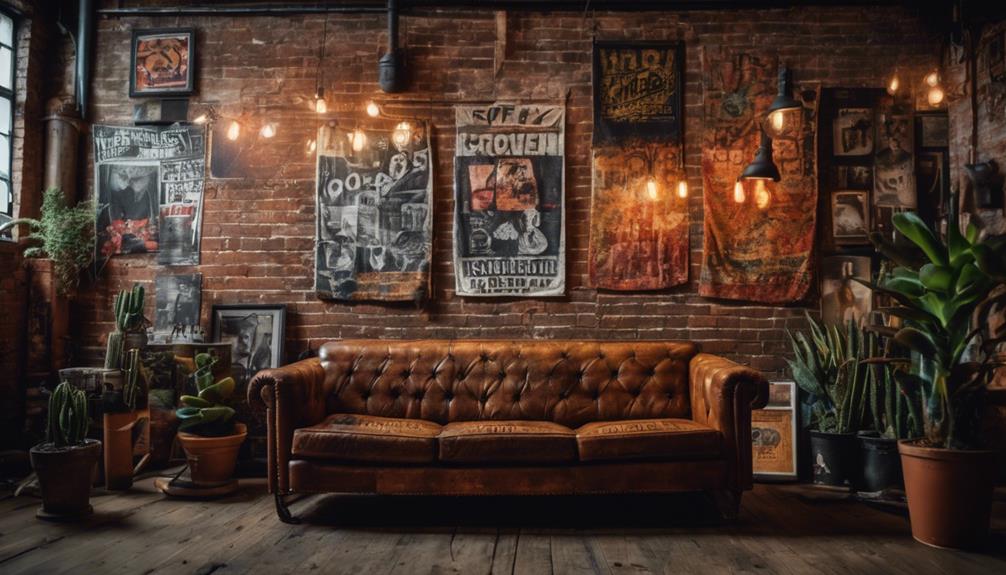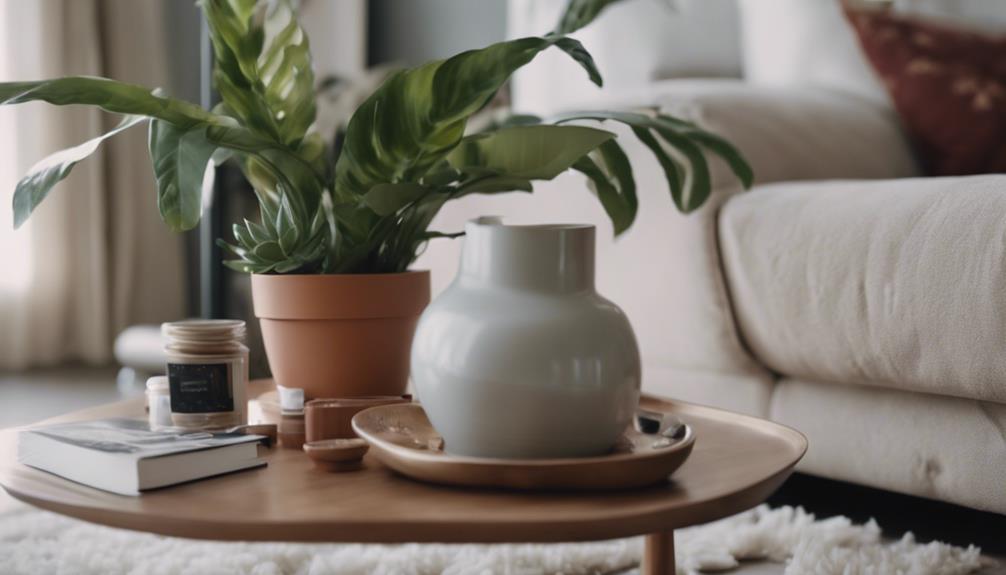To create stunning DIY ornament bottles, start by gathering clean, dry recycled glass bottles that fit your desired style and theme. Collect corks or tops to seal the ornaments, then cut and shape plastic elements to add unique designs. Apply heat to plastic strips to create varied shapes and textures, and decorate your bottles with embellishments, beads, and more. Showcase your creations on a mantel, shelf, or table, or gift them to friends and family. From heat molding techniques to decorating tips, there's more to explore in the world of DIY ornament bottles – and the possibilities are endless.
Key Takeaways
• Collect and clean recycled glass bottles in various shapes and sizes to create unique ornaments.
• Add a plastic element to your design by cutting and shaping plastic materials into desired shapes and smoothing out rough edges.
• Apply heat to plastic strips to create unique shapes and textures, and then decorate with embellishments.
• Attach ornaments to the bottle using super glue and add decorations such as bracelets, twine, or beads to the neck.
• Display your creations on a mantel, shelf, or table, or use them as gifts or placeholders for special events.
Gathering Essential Materials
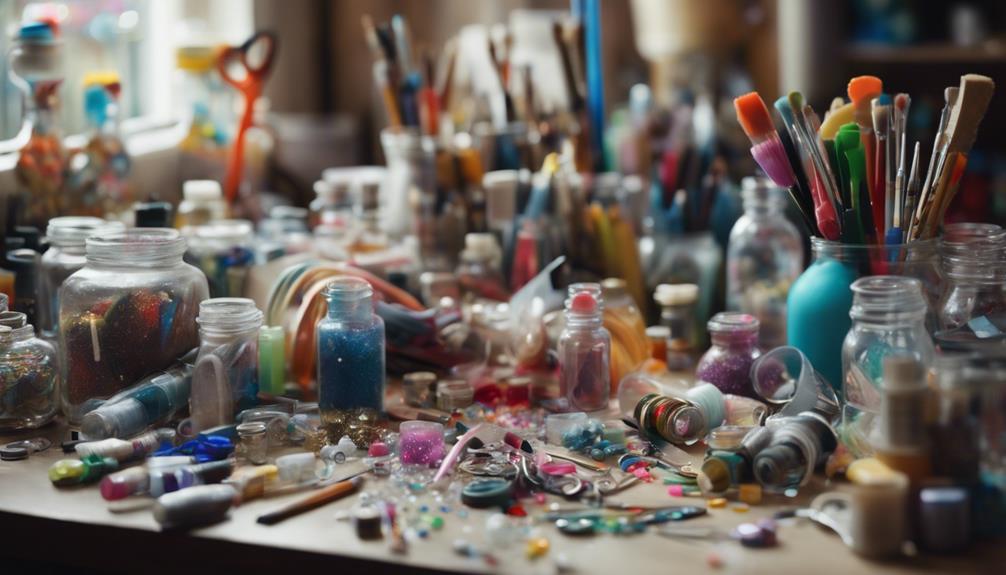
Your DIY ornament bottles start to take shape with the right materials, so gather recycled glass bottles, like old wine, water, or perfume bottles, to serve as the foundation for your project. These glass bottles will be the base of your ornaments, so choose ones that fit the style and theme you're going for. You can collect them from your recycling bin or thrift stores, or even ask friends and family to save them for you. Make sure they're clean and dry before using them.
In addition to the glass bottles, you'll need corks or tops that fit them to seal the ornaments. Having a variety of corks and tops on hand will ensure you can find the right fit for each bottle.
With these essential materials gathered, you'll be ready to move on to the next step in creating your unique DIY ornament bottles.
Cutting and Shaping Plastic
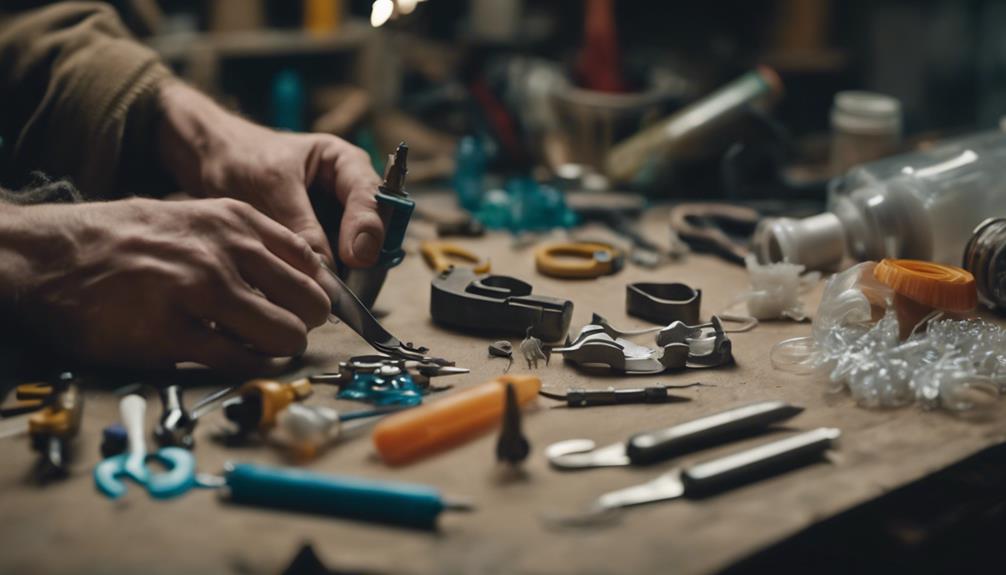
With your glass bottles and corks ready, it's time to add a plastic element to your ornament design. Grab a plastic sheet or a plastic container, like a plastic lid or a container's packaging, and get ready to cut and shape it into a decorative accent.
You can find a variety of plastic materials at a craft store, where you can choose from different colors, textures, and thicknesses to match your desired aesthetic. Cut out the plastic shape you want using scissors or a craft knife, depending on the thickness of the material. If you're using a plastic sheet, you can use a template or stencil to get the desired shape.
For more intricate designs, you can use a craft mat and a craft knife to carefully cut out the shape. Remember to smooth out any rough edges with a file or sandpaper to prevent scratching or snagging.
Once you've cut and shaped your plastic accent, you're ready to move on to the next step in creating your DIY ornament bottle.
Heat and Molding Techniques
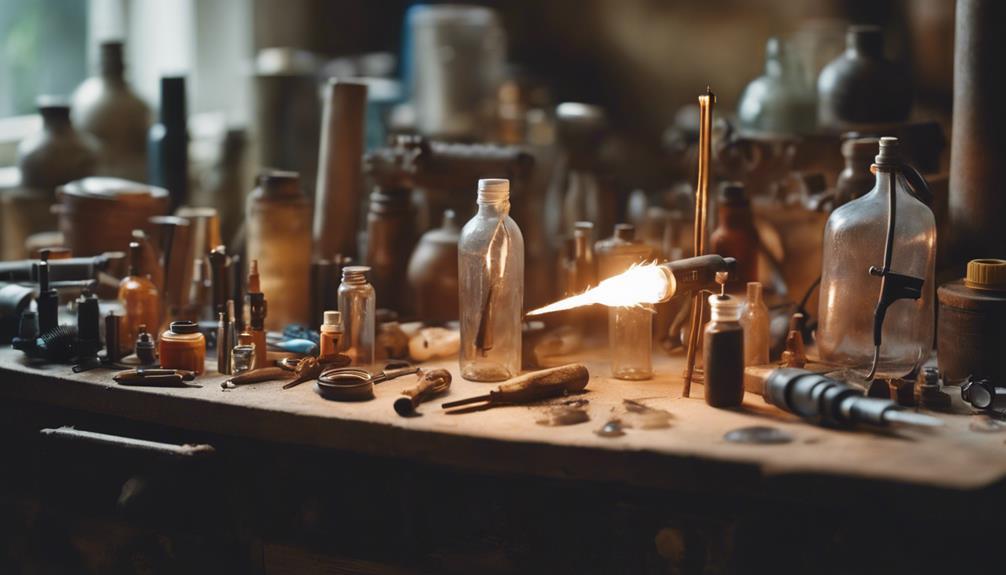
Frequently, you'll find that applying heat to plastic strips can transform them into intricate, unique shapes that enhance your ornament bottle design. To achieve this, hold the plastic strips over a candle flame, rotating them slowly to guarantee even heating. As the plastic softens, use a needle or nail to shape it into the desired ornament shape. Be cautious when working with heat, as it can cause burns or accidents.
Once you've achieved the desired shape, allow the plastic to cool and harden before adding any additional decorations or hanging threads. Experimenting with different heating times and techniques can help you achieve varied shapes and designs. For instance, you can try heating the plastic for shorter or longer periods to achieve distinct textures and forms.
Decorating and Finishing Touches
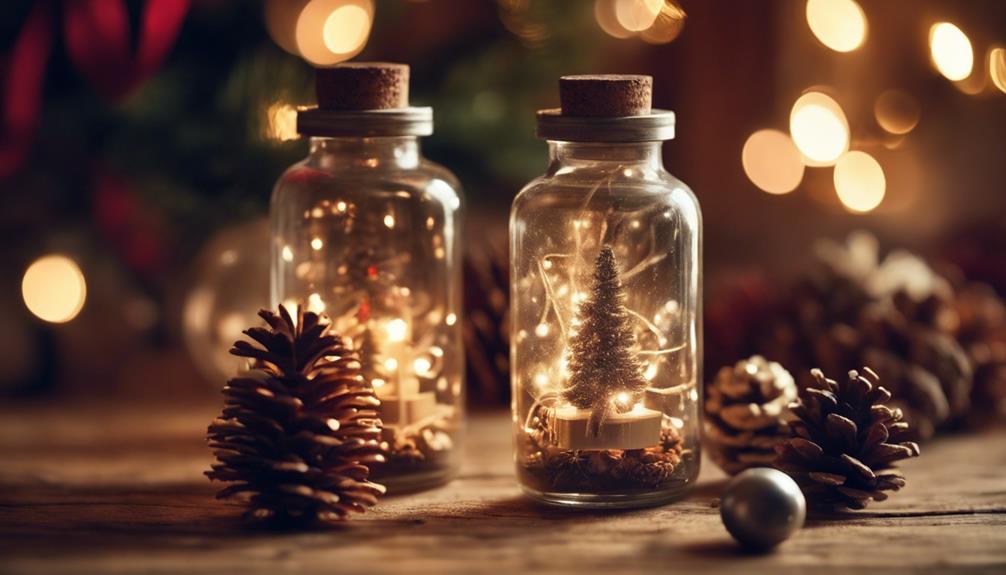
Now that you've transformed your plastic strips into unique shapes, it's time to add the finishing touches to your ornament bottle by decorating it with creative embellishments.
One way to do this is by adding ornaments to the bottle using super glue for a decorative touch. You can also consider using bracelets, twine, beads, or other decorations for the bottle neck to add some personality to your creation.
For added variety, attach smaller ornaments to corks with super glue before inserting them into the bottle. If you want to add a pop of color, try using stained glass sprays to give your bottle a vibrant hue.
Once the ornaments are attached, place the lid or cork securely onto the bottle to complete your DIY ornament bottle. With these finishing touches, your creation is sure to stand out and become a unique addition to your holiday decor.
Displaying Your Unique Creations
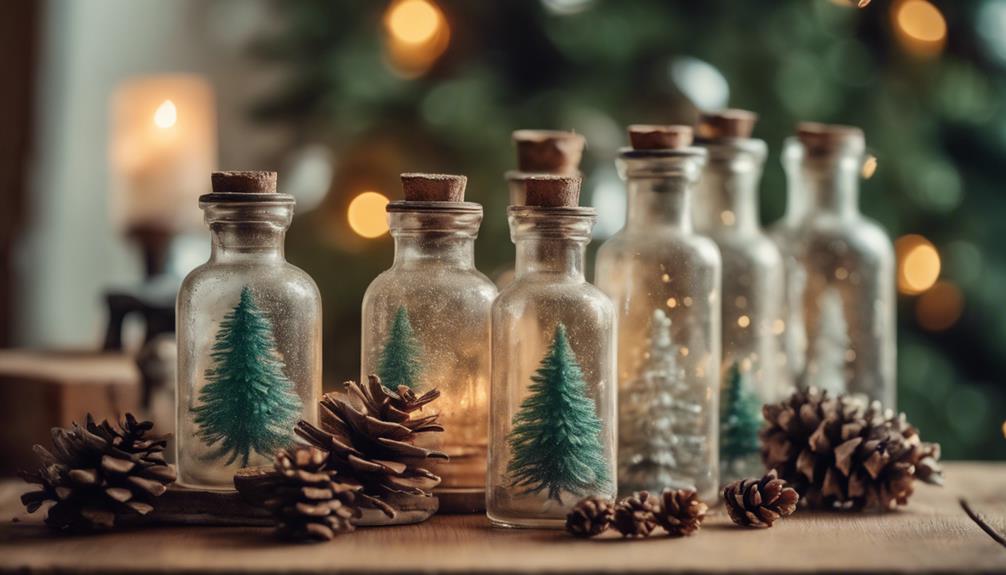
You can showcase your DIY ornament bottles in various creative ways to add a personal touch to your holiday decor. After putting in the effort to create these unique pieces, make sure to display them in a way that showcases their beauty.
Here are a few ideas to get you started:
- Mantel or Shelf Display: Place your ornament bottles on a mantel, shelf, or table to add a festive touch to your home decor.
- Centerpiece Creation: Incorporate the ornament bottles into a centerpiece for your dining table or holiday gathering.
- Tree or Garland Decoration: Hang the ornament bottles on a Christmas tree or garland for a personalized and creative holiday display.
- Gift or Placeholder: Gift your unique ornament bottles to friends and family as a thoughtful and handmade present, or use them as placeholders or table markers for special events or parties.
Frequently Asked Questions
How to Make Christmas Decorations From Plastic Bottles?
To make Christmas decorations from plastic bottles, you'll need some creativity and basic crafting skills. Start by collecting various shapes and sizes of plastic bottles, then clean and dry them thoroughly.
Cut the bottles into strips or shapes, and use heat to mold them into unique forms, such as icicles or snowflakes.
Get creative with paint, glue, and embellishments to add color and personality to your ornaments.
How to Make Icicles From Plastic Bottles?
You're about to ignite a storm of creativity, and a gazillion icicle ornaments will soon be born!
To make icicles from plastic bottles, start by cutting the bottles into thin strips.
Next, heat the strips over a candle flame to shape them into unique, wavy forms.
Let them cool, then add a thread for hanging if desired.
Experiment with different shapes, sizes, and colors to create one-of-a-kind icicles that will make your Christmas tree shine!
How to Decorate Clear Glass Bottles?
As you prepare to decorate clear glass bottles, start by thoroughly cleaning them to guarantee a smooth surface for adhesion.
Then, use super glue to attach ornaments like beads, charms, or small figurines for a personalized touch.
Consider adding color and design with stained glass sprays for a unique look.
You can also embellish the bottle neck with decorative elements like bracelets or twine to enhance the overall appearance.
How to Make Ornaments With Vintage Jewelry?
As you envision a stunning ornament, imagine vintage brooches, earrings, and pendants transforming into a dazzling masterpiece.
To make ornaments with vintage jewelry, start by collecting unique pieces. Then, select a focal point, like a sparkling brooch, and arrange complementary jewelry around it.
Secure each piece with strong adhesive, like super glue, to create a one-of-a-kind ornament that shines with personality.
Conclusion
With your DIY ornament bottles complete, you can now proudly display your unique creations. According to the National Retail Federation, 63% of Americans decorate their homes for the holiday season, and with these handmade ornaments, your home will surely stand out.
By following these simple steps, you've not only saved money but also added a personal touch to your holiday decor. Your creativity and effort will surely impress friends and family, making this holiday season one to remember.
